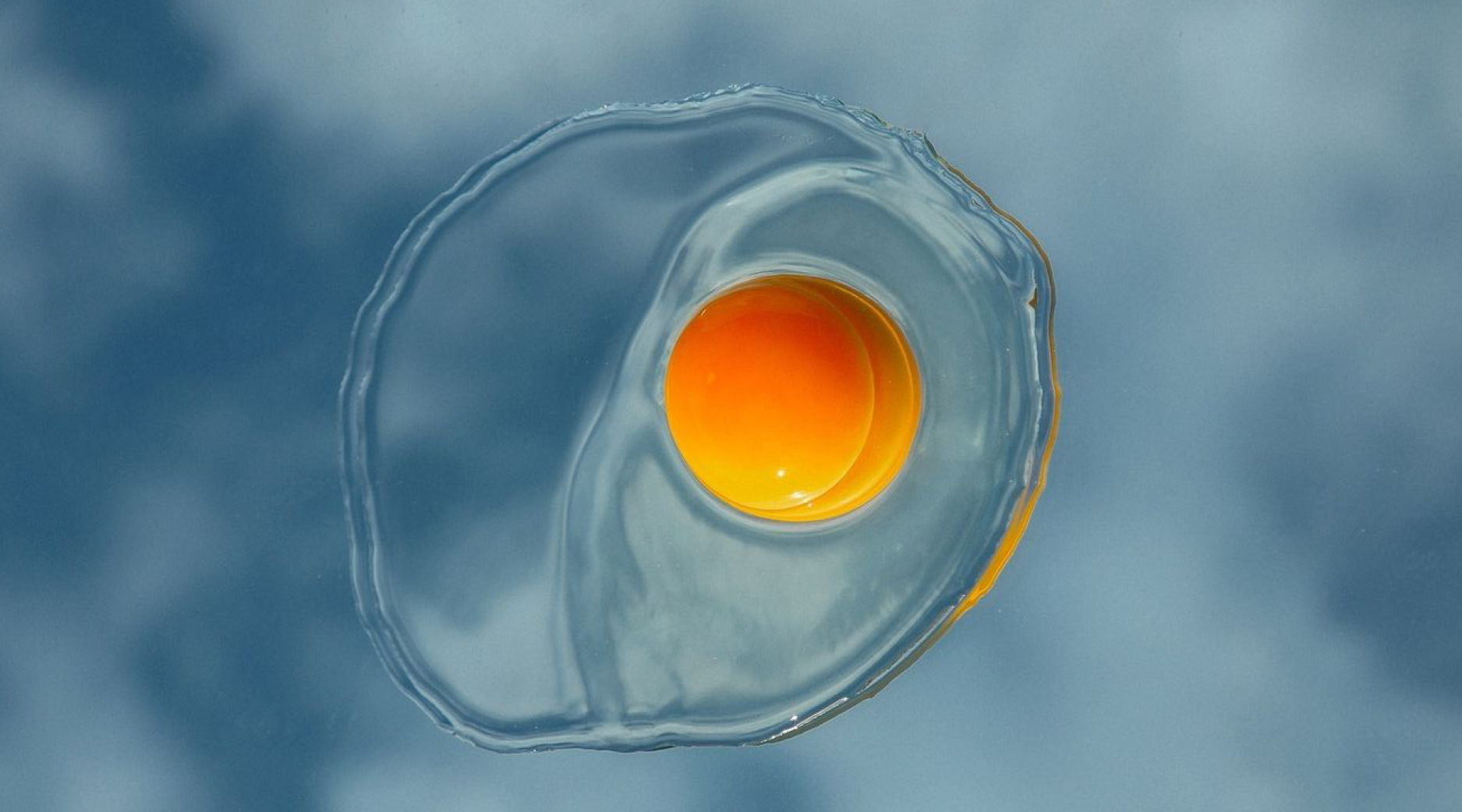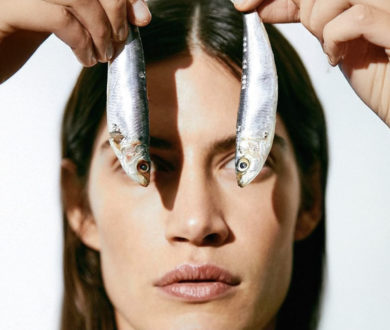Protein has become a hot topic as of late, and it’s little wonder. We’re finally wising up to just how vital it is for our overall health — from mental clarity to fatigue, cravings to cognitive function, and so much more in between. It is, essentially, the most fundamental component to our diets, and most of us aren’t getting our fill. For women, adequate protein intake is also increasingly more essential as we age.
If you suspect you’re not getting enough, chances are, you’re probably right. Some of the signs include weakness and fatigue, cravings and increased hunger, frequent sickness and slow healing, loss of muscle and joint pain, unexplained hair loss, brain fog, mood changes, brittle nails, and swelling. Protein is one of the body’s main building blocks, and it plays a crucial role in the structure and function of muscles, skin, enzymes, and hormones, so it’s hardly surprising that low intake (or in more severe cases, deficiency) has such a far-reaching impact.
So, how much protein do we actually need? The exact amount depends on several factors, such as your age, level of physical activity, and fitness goals, but as a loose guide, at an absolute minimum adult females’ recommends intake is around 46g daily, and adult males’ recommended intake is between 52 — 56g daily. On average, this equates to 0.8g per kilogram of body weight. If you’re trying to gain muscle, this number goes up to around 1.4 — 2g per kg of body weight daily.
The good news is that upping your intake is simpler than you might think. Fatty fish, lean meats, eggs, legumes, nuts, and low fat dairy are all great high-protein foods that can easily be woven into your daily diet. Egg whites are almost entirely protein (although eating the yolk provides additional nutritional benefits), cottage cheese is incredibly protein-rich, chicken breast packs almost half of a women’s daily intake into a single serve, and Greek yogurt is also a high-protein option to enjoy throughout the day.
If you’ve been considering ditching the oat milk and switching back to dairy, you’ll be upping your intake in the process (a cup of milk provides over 8g of protein), and if your diet is more flexitarian or plant-based than carnivorous or diary-heavy, lentils, almonds, quinoa, pumpkin seeds, and peanut butter are all great protein sources.
Salmon, white fish, and shellfish are perhaps one of the best and most delicious, nutritious ways to up your intake, boasting one of the highest protein contents of any food — a fillet of white fish boasts a whopping 30g of protein alone. And, of course, if you’re still struggling to meet your daily requirements, a protein powder is always an optional supplement.
Ultimately, if you’re feeling any of the symptoms related to a diet lacking in protein, consider this your sign to take a few simple steps to increase your intake. The gains will extend well beyond muscle mass alone.









